DIY Enrichment Toys for Dogs: Stimulate Mind and Body
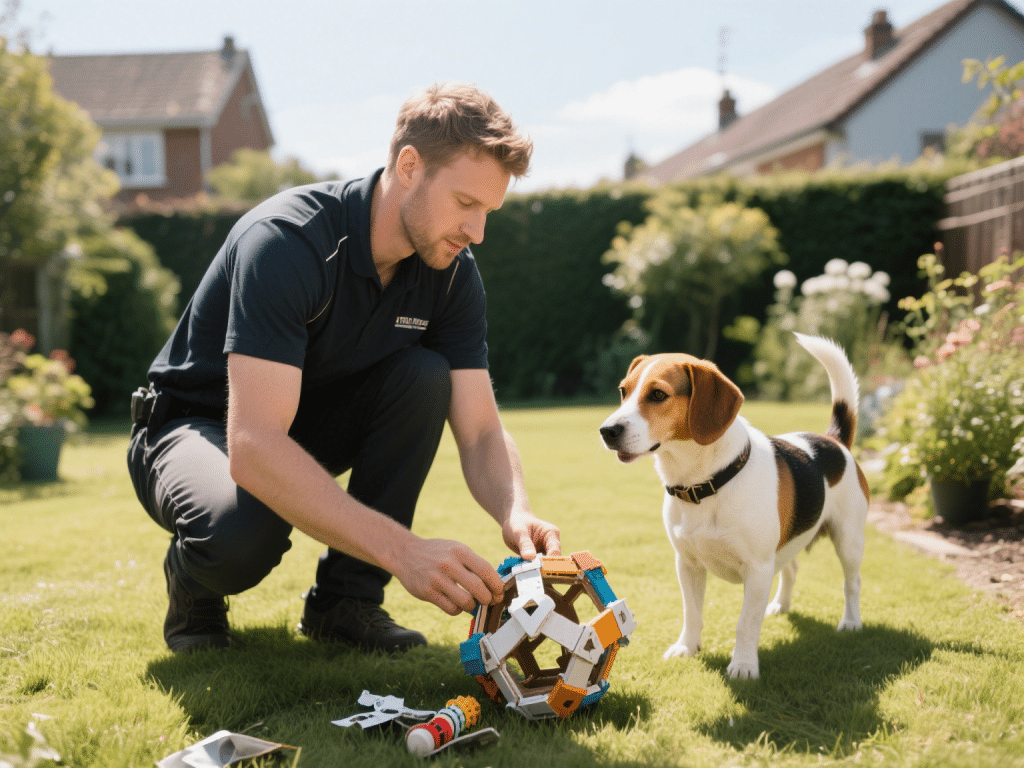
Dogs are intelligent, social animals who thrive when their minds and bodies are both engaged. Boredom can lead to destructive behaviors—chewing furniture, digging in the yard, or incessant barking. As a certified canine behaviorist and lifelong dog owner, I’ve tested countless store-bought puzzles and devised budget-friendly DIY alternatives that deliver equal or greater enrichment. Below, I share five of my favorite homemade projects. Each one encourages problem-solving, provides physical exertion, and strengthens the bond between you and your dog.
1. Muffin Tin Puzzle
Materials Needed:
Standard 12-cup muffin tin
Clean microfiber towels or small cloths
Bite-sized treats or kibble
Assembly & Use:
Place one or two treats into each muffin cup.
Partially cover random cups with microfiber towels—tuck the edges under so the cloth stays in place.
Set the tin on the floor and encourage your dog to use their nose and paws to lift or nudge the cloths and retrieve hidden rewards.
Tips for Success:
Start with only two or three cups covered, then increase the difficulty by covering more cups over time.
Praise your dog for each successful reveal to reinforce positive problem-solving behavior.
Rotate treats weekly to maintain novelty—freeze some treats inside ice cubes for an extra challenge on warm days.
2. Plastic Bottle Snuffle Mat
Materials Needed:
Empty, rinsed plastic water bottle
A small non-slip rug or rubber placemat
Scissors, treats
Assembly & Use:
Cut the water bottle into rings approximately 1–2 inches wide.
Weave the rings in and out of the rug’s fibers, creating pockets and tunnels.
Scatter small treats or kibble throughout the mat, pressing them into the bottle-ring crevices.
Place the mat on the floor and invite your dog to forage, rewarding persistence and sniffing skills.
Tips for Success:
Secure the mat under a heavy bowl to prevent sliding, if needed.
Supervise initial sessions to ensure your dog does not chew on the plastic rings themselves.
Once your dog masters the basic version, add pieces of torn towel to increase search complexity.
3. Rope-And-Tennis-Ball Tug Toy
Materials Needed:
Durable braided rope (at least 1 cm in diameter)
One or two old tennis balls with smooth surfaces
Sharp blade or awl
Assembly & Use:
Poke a hole through the center of each tennis ball using the awl or blade.
Thread the rope through the first ball, tie a secure knot on one end, then thread through the second ball and tie another knot.
Offer one end to your dog and hold the other for tug-of-war, or knot both ends for a self-entertaining chew toy.
Tips for Success:
Always monitor tug sessions; stop play if teeth chatter or the rope frays.
Rotate between this and other toys to prevent rope overuse and reduce wear.
Use only non-abrasive rope fibers to protect your dog’s teeth and gums.
4. Treat-Dispensing Water Bottle
Materials Needed:
Sturdy plastic bottle with a screw-top lid
Drill or heated nail to create holes
Small treats or kibble
Assembly & Use:
Using a drill or heated nail, punch 3–5 holes around the bottle’s midsection—holes should be just large enough for treats to pass through when jostled.
Clean the bottle thoroughly to remove debris, then fill it one-quarter full of treats.
Seal the lid and show your dog how rolling or nudging the bottle dispenses rewards.
Tips for Success:
Adjust hole size as your dog gains skill; larger holes allow faster treat release, smaller holes increase challenge.
Replace the bottle when cracks appear to prevent sharp edges.
If your dog loses interest, add a small amount of peanut butter inside (avoiding xylitol) to boost motivation.
5. Cardboard Box Maze
Materials Needed:
Several strong cardboard boxes of varying sizes
Box cutter or scissors
Dog-safe adhesive tape
Treats or small chew toys
Assembly & Use:
Cut entrances and exits in each box so they can interlock into a labyrinth.
Connect the boxes with tape on the top and bottom, creating turns and dead ends.
Place a treat or toy in several chambers.
Encourage your dog to explore the maze, sniffing out hidden rewards.
Tips for Success:
Supervise first runs to ensure your dog does not destroy the maze or ingest cardboard.
Increase complexity by adding more boxes or multiple levels.
After play, compress and recycle the cardboard; this is a sustainable enrichment option.
Safety and Maintenance
Material Selection: Use non-toxic, durable materials free from small choke hazards.
Regular Inspection: After each session, check for wear, loose bits, or mold; clean or replace toys as needed.
Supervision: Always supervise new enrichment activities until you are confident your dog can play without risk.
Benefits of DIY Enrichment
Mental Stimulation: Problems to solve engage your dog’s cognitive skills, reducing boredom and its associated behaviors.
Physical Exercise: Many puzzles encourage movement, from pawing and nudging to bending and twisting.
Owner–Dog Bonding: Crafting toys together and participating in play strengthens trust and mutual enjoyment.
Cost-Effectiveness: Repurposed household items minimize expenses while maximizing enrichment value.
Final Thoughts
DIY enrichment toys are a fantastic way to tailor activities exactly to your dog’s personality, energy level, and skill set. By combining homemade puzzles with regular walks, obedience training, and social outings, you’ll create a well-rounded lifestyle that keeps your dog happy, healthy, and calm. As a professional canine behaviorist, I’ve seen dramatic improvements in dogs who receive daily mental challenges alongside physical exercise. Try these projects this week, observe your dog’s favorite activities, and adjust difficulty levels accordingly. Your furry friend will thank you with a contented wag and a bright, curious mind.
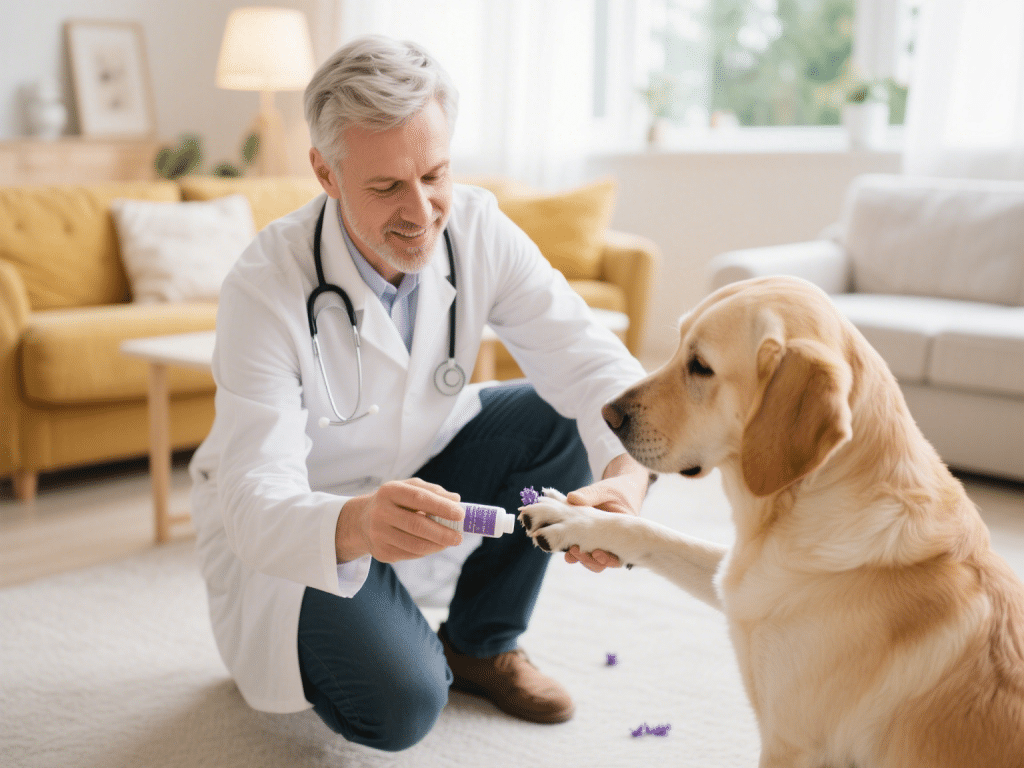
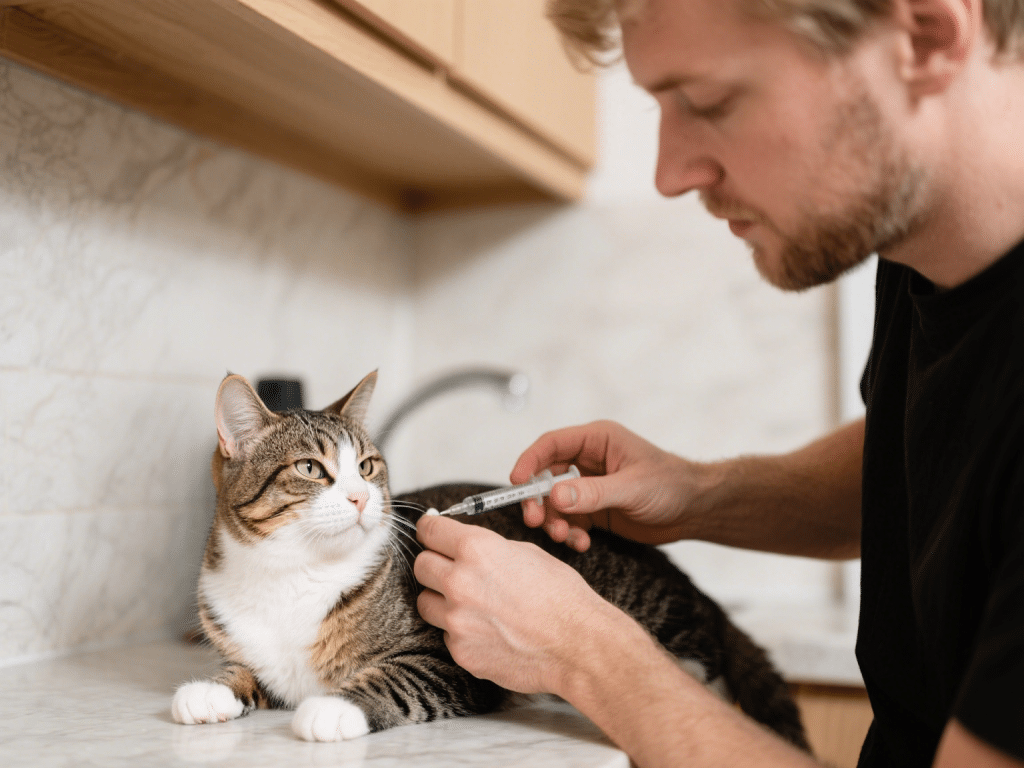
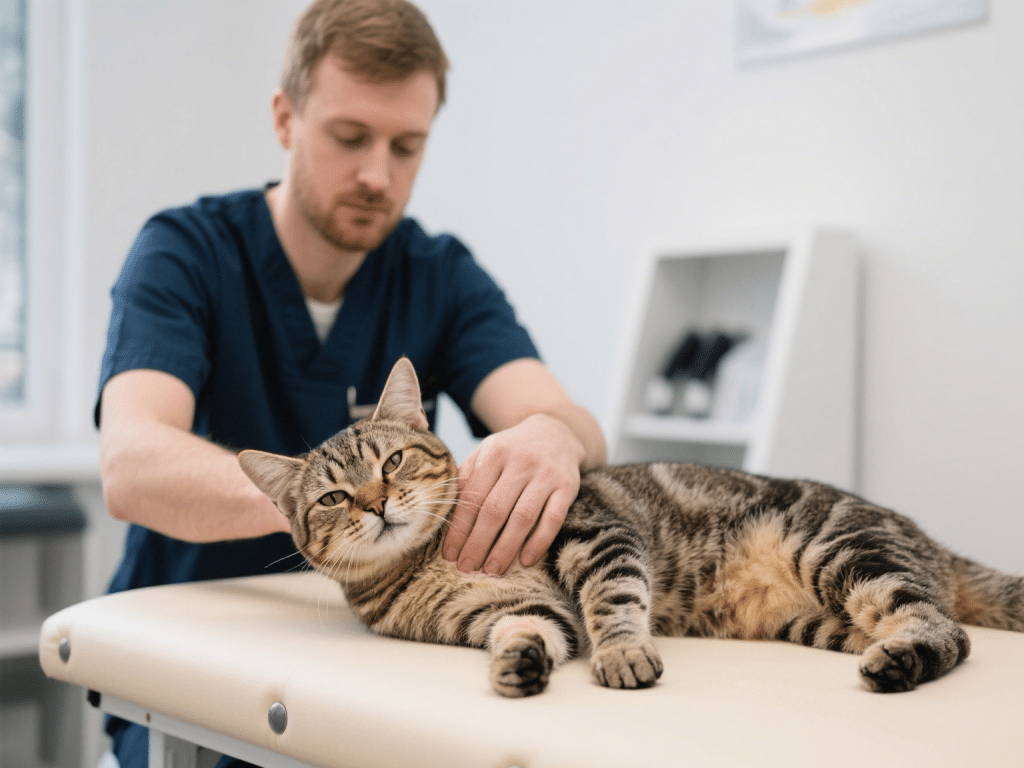

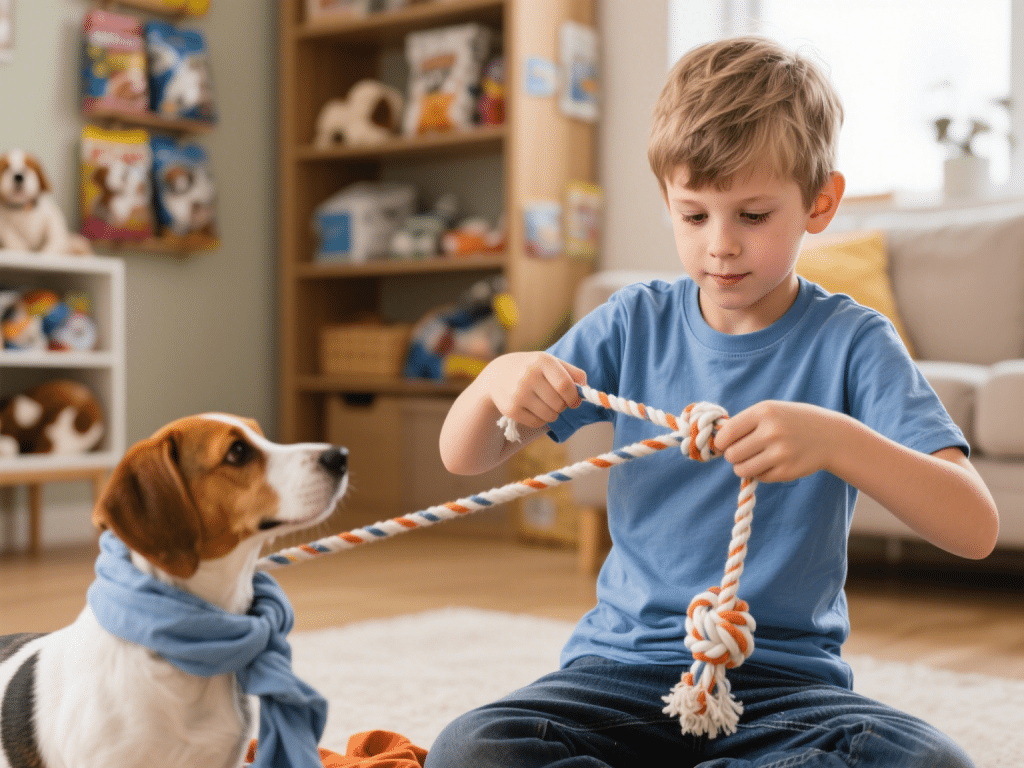
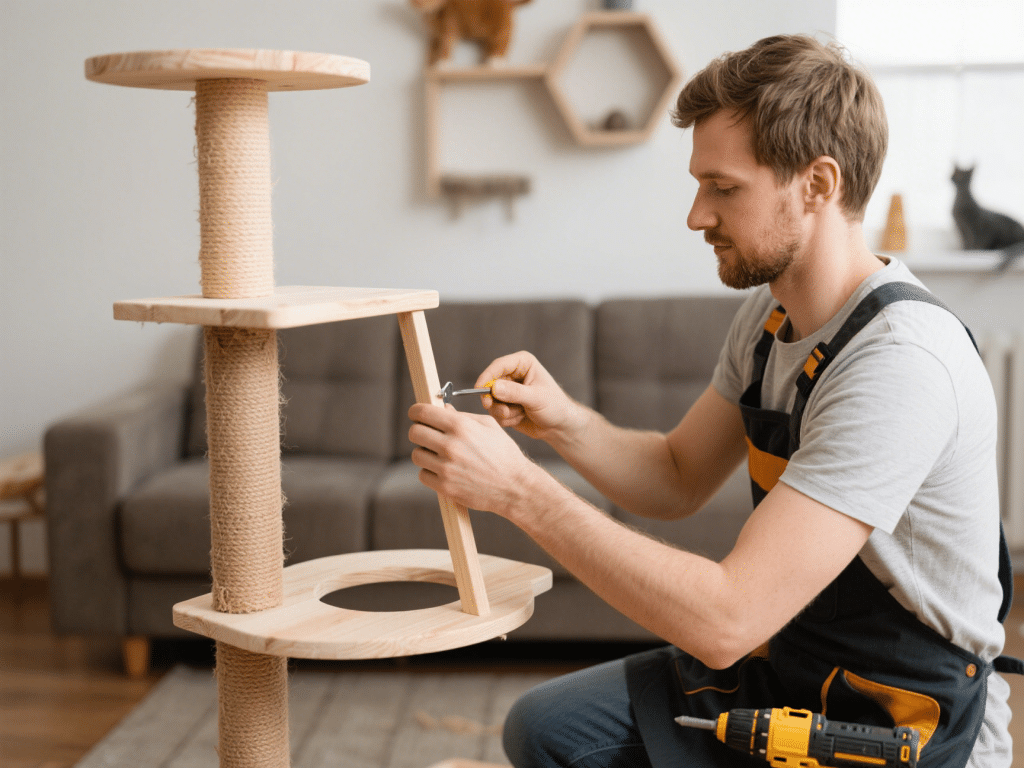
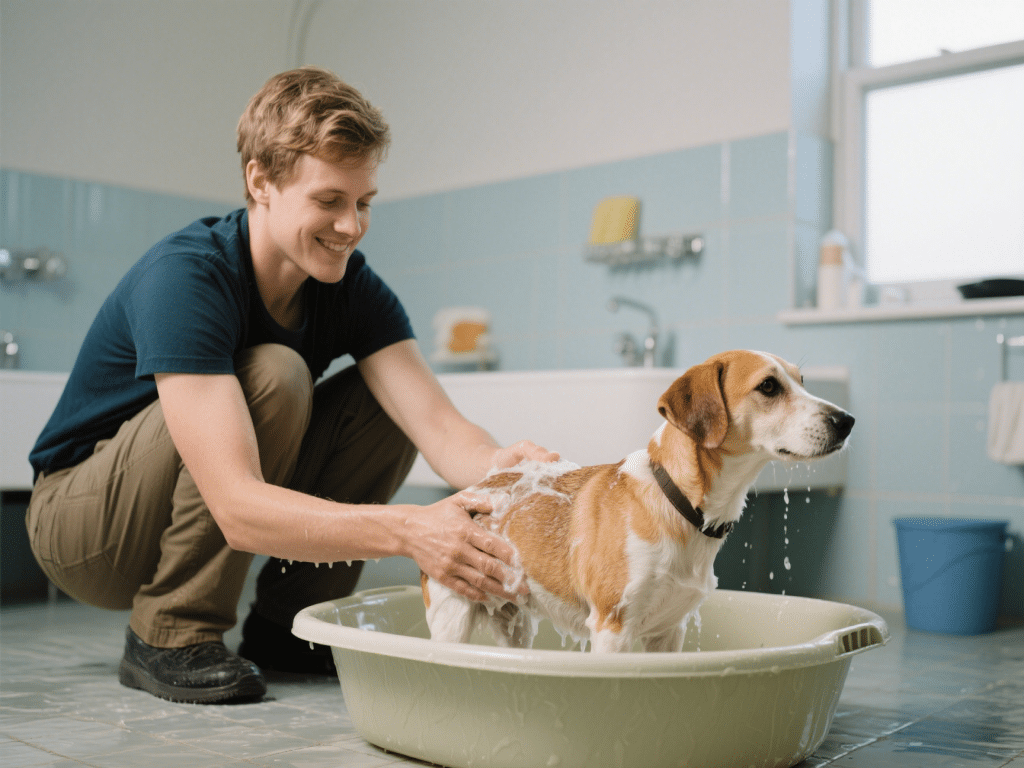
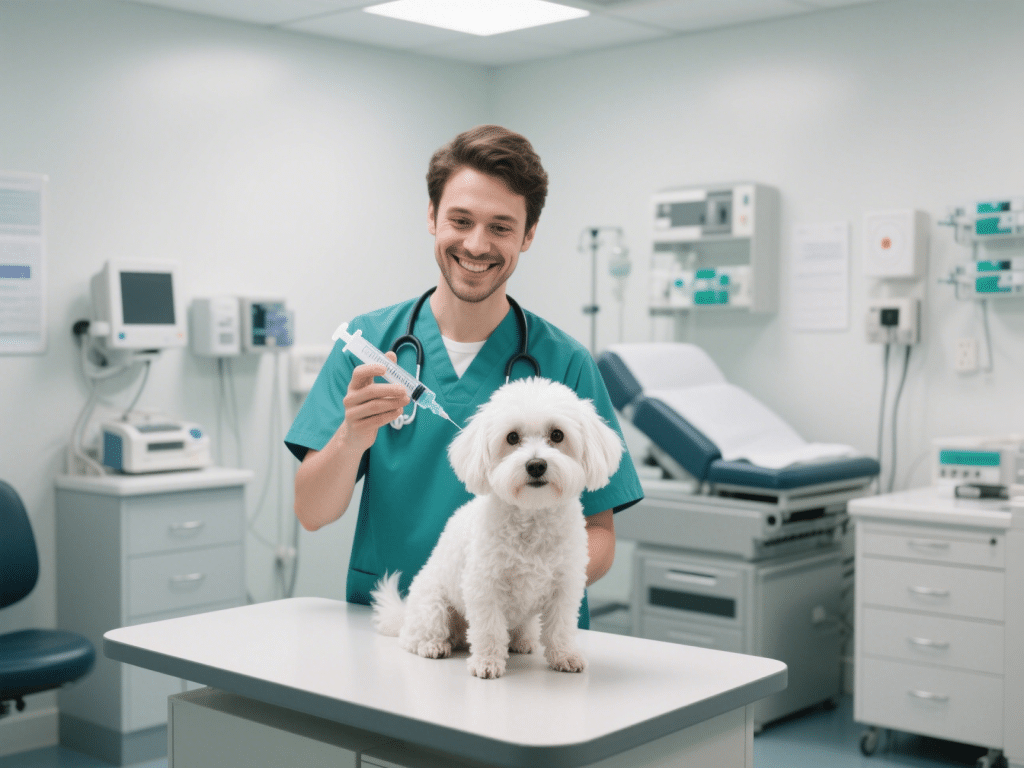
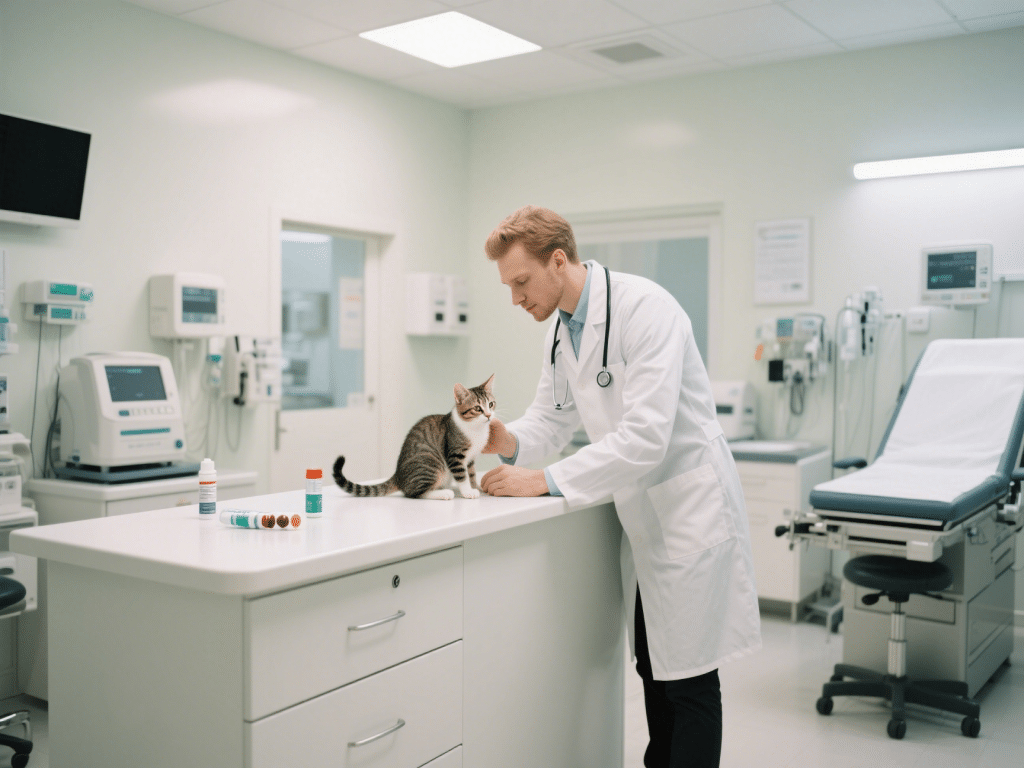
Comments on "DIY Enrichment Toys for Dogs: Stimulate Mind and Body" :